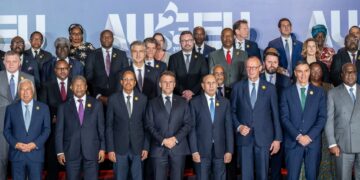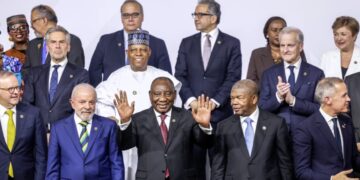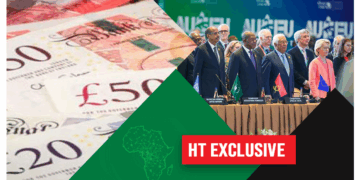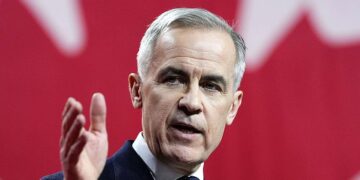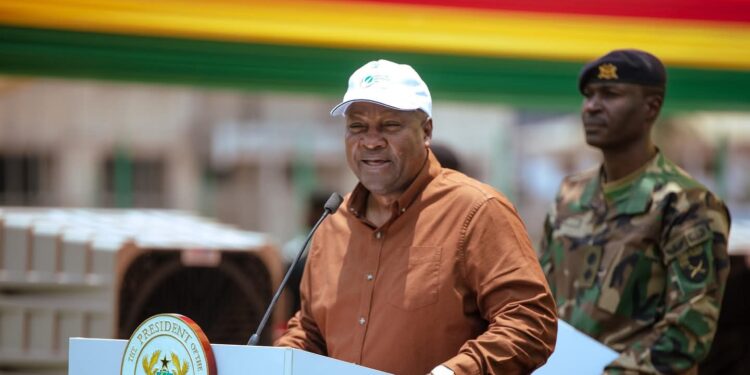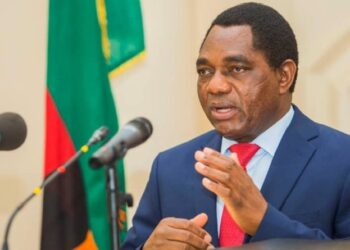By Enyichukwu Enemanna
For the first time in four years, Ghana’s annual consumer inflation has fallen below the double-digit mark, dropping to 9.4% in September 2025 from 11.5% in August, new data released by the Ghana Statistical Service (GSS) shows.
This is the lowest level recorded since August 2021 and marks the ninth consecutive monthly decline in inflation, strengthening hopes that the West African country is gradually stabilising after one of its worst economic crises in decades.
Government Statistician, Dr. Alhassan Iddrisu, attributed the slowdown mainly to easing food prices. Food inflation fell sharply to 11.0% in September from 14.8% in August.
Non-food inflation also eased slightly, dropping to 8.2% from 8.7%. Dr. Iddrisu described the trend as “a sustained shift in prices that signals Ghana is firmly on the path to macroeconomic stability.”
The breakdown showed that inflation for locally produced items fell to 10.1% (down from 12.2%). Inflation for imported items dropped further to 7.4% (from 9.5%).
This indicates that both domestic production and imports contributed to the overall easing of prices, the statistics office said.
According to sources, despite the positive national trend, regional disparities remain stark. North East Region posted the highest inflation rate at 20.1%, more than double the national average. Bono East Region recorded the lowest rate at 1.2%.
This reflects uneven market conditions, infrastructure gaps, and local food supply differences across the regions.
The sustained fall in inflation comes at a crucial moment as Ghana prepares for the IMF’s fifth review of its $3 billion programme.
Market analysts believe single-digit inflation could help restore business confidence, lower lending rates, and ease pressure on households.













